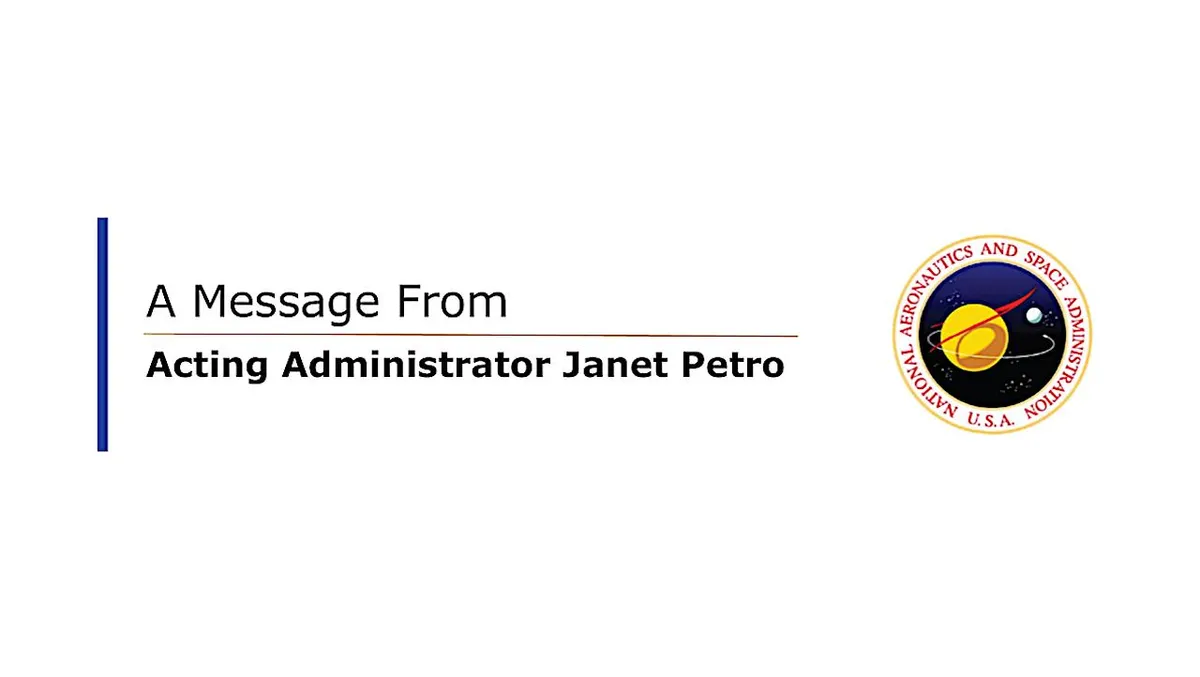
On Wednesday morning, Jared Isaacman, President Trump’s nominee to serve as the next NASA Administrator, participated in his confirmation hearing. It was invigorating to hear his insights on our mission and priorities for the future of space exploration. The next step in the nomination process will involve a committee vote aimed at advancing his nomination to the full Senate; however, a date for that vote has yet to be established. We will keep you informed as we receive further updates on this significant development.
As we anticipate new leadership, our commitment to delivering on NASA’s mission remains unwavering. This week marked several remarkable milestones that showcase the dedication, skill, and ingenuity of our team across the agency. Notably, Jonny Kim arrived at the International Space Station on Monday after launching aboard a Soyuz rocket. This marks his first spaceflight, and during his eight-month mission aboard the station, he will contribute to vital research encompassing technology development, Earth science, biology, human research, and more. His journey exemplifies how human spaceflight continues to advance science for the benefit of all humanity.
In an exciting development, we welcomed Bangladesh as a new signatory to the Artemis Accords, making it the 54th nation to commit to the peaceful, safe, and responsible exploration of space. This milestone reflects our shared values and signifies a growing global momentum in space exploration. We look forward to collaborating with Bangladesh, learning from their incredible talent and vision, and witnessing how they will contribute to humanity’s next great chapter in space exploration.
At the Kennedy Space Center, we made significant strides toward the upcoming Artemis II launch. This week, crews successfully lifted the launch vehicle stage adapter into position atop the Space Launch System (SLS) core stage. The adapter is critical for connecting the SLS to the interim cryogenic propulsion stage, which is set to be transported to the Vehicle Assembly Building next week.
Nasa Aeronautics engineers have also commenced a flight test campaign aimed at safely integrating air taxis into the national airspace. Utilizing a Joby Aviation demonstrator aircraft, our engineers are working to standardize flight test maneuvers, enhance tools for collision avoidance and landing operations, and ensure safe and efficient air taxi operations across various weather conditions. This initiative showcases how our current research is shaping the future of transportation.
In our Space Technology portfolio, we are supporting the flight testing of a fourth entry, descent, and landing technology in just three months. Recent tests involving a suborbital rocket system, airplane, helicopter, and rocket-powered lander testbed demonstrate the diverse array of vehicles researchers can leverage to rapidly advance critical systems for missions to the Moon, Mars, and beyond.
In response to severe weather that affected over ten states earlier this month, our NASA Disasters Response Coordination System was activated to support national partners. We are collaborating closely with the National Weather Service and FEMA to provide satellite data and expertise that will aid communities in better preparing for, responding to, and recovering from such disasters.
Alongside these accomplishments, I had the privilege of participating in the 40th Space Symposium in Colorado Springs. During this event, I engaged with over a dozen international partners and gathered insights from industry leaders on two pivotal areas shaping our future: space communications and commercial destinations in low Earth orbit. The discussions throughout the week were thought-provoking, engaging, and immensely valuable.
Additionally, we are diligently working on the next submission for President Trump’s Workforce Optimization Initiative. Leaders across the agency are actively reviewing and refining proposals aimed at streamlining operations, minimizing duplicative reporting and analysis, and enhancing the speed and clarity of our decision-making processes. This initiative also includes a thoughtful analysis in response to the U.S. Office of Personnel Management's guidance regarding the relocation of certain functions currently based in the National Capital Region. As part of this effort, we are exploring what a future NASA Headquarters could potentially look like.
Our current focus is on developing options that align with the Trump Administration’s guidance while prioritizing the support of our personnel and strengthening our ability to fulfill our mission. We are navigating a critical moment for NASA—one that requires all of us to remain focused, flexible, and committed to the core values that make this agency exceptional. Thank you for your ongoing dedication to advancing our mission.
Embrace the Challenge,
Janet